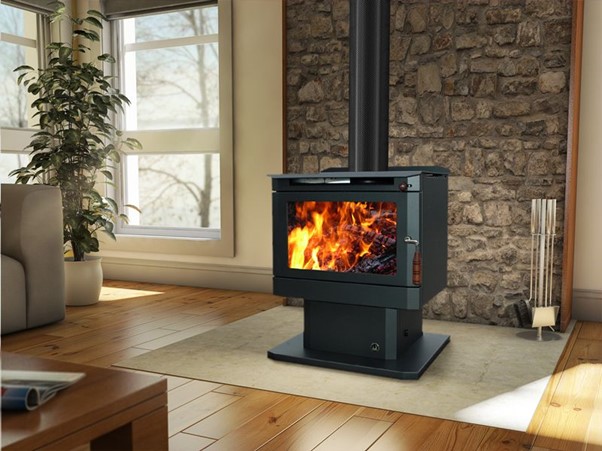Stepping in a warm house on a chilly winter day is the most comfortable feeling, and everyone would want that. But the fact of the matter is that despite using the best heating systems, there tends to be energy loss, and it can impact the heating system’s efficiency and heating of the space as a result. Hence there is a need to emphasize on insulation. Insulation not only ensures that there is no loss of energy, but at the same time, it also helps you save on the electricity bills.
Home insulation is becoming a staple in Australia, and most homeowners are now opting for this. If you are also one of them who is looking for installing insulation in their house, then this article is going to help you understand key facts associated with it, along with few benefits of insulation.
Table of Contents
Here Are Some Types Of Insulation
There are two types of insulation:
- Bulk insulation
- Reflective insulation
Bulk Insulation
This one works by trapping a tiny pocket of air within its structure. This air acts as a barrier and insulates the place, thus resisting the heat flow.
Reflective Insulation
This one works by reflecting the heat away from the polished metallic surface or by reducing the heat emitted from the surface. To ensure that reflective insulation is highly effective, there needs to be an air gap of 25 mm next to the reflective side of the insulation. Since this one works by reflecting radiant energy, it is far more effective at higher temperatures and has a higher rating for summer R-values than the winters.
Key Pointers To Consider Before Going To The Insulation Of Your Place
- Make sure that there is no gap. Even if 5% of the area is left un-insulated, it will lose 30% of energy.
- Don’t leave any loose spaces. Fill in the gap of the roof space. You can use sealant for this task.
- While installing the reflective foil, there should be a still air gap of 25 mm next to the reflective surface.
- If you are doing insulation near appliances and fittings, it must be within 90mm.
For Effective Insulation, One Needs To Carry Out The Following
- Wall insulation
- Ceiling insulation
- Underfloor insulation
- Draught sealing
- Double glazing
As per Australia’s building code, the common R-value is R5 for ceiling and R 2.7 for the walls, while for the floor R is 1.5.
Benefits Of Insulation
It Ensures Thermal Efficacy
Since the insulation allows a lesser loss of energy, it will help maintain the thermal efficiency of your space. It means you will be able to retain desirable temperature all throughout the year organically.
Lesser Energy Bills
Since it will be easy to maintain the internal temperature, it will be easier for you to save on the energy bill, thus saving some extra money. Living in a properly insulated space will reduce your energy bills by 40% annually.
Prevent Cold Air From Entering The Room
If you are going for underfloor insulation, it acts as a barrier between the flooring and the out layer, thus preventing the loss of energy and heat. The air trapped in the insulation layer acts as a heat resistant, thus preventing the cold air from entering and hot air from leaving the room.
Maintains Aesthetic Appeal
It also prevents the formation of condensation on ceilings and walls, thus maintaining the aesthetic appeal of your property.
This was the basic information about insulation; make sure that you hire the best insulation service provider for this task. A professional and experienced contractor would give you the best rates and ensure seamless insulation of your place. Choosing the right R-value and material is very important to get the right results. So, do thorough research before going ahead for the insulation of your place.



